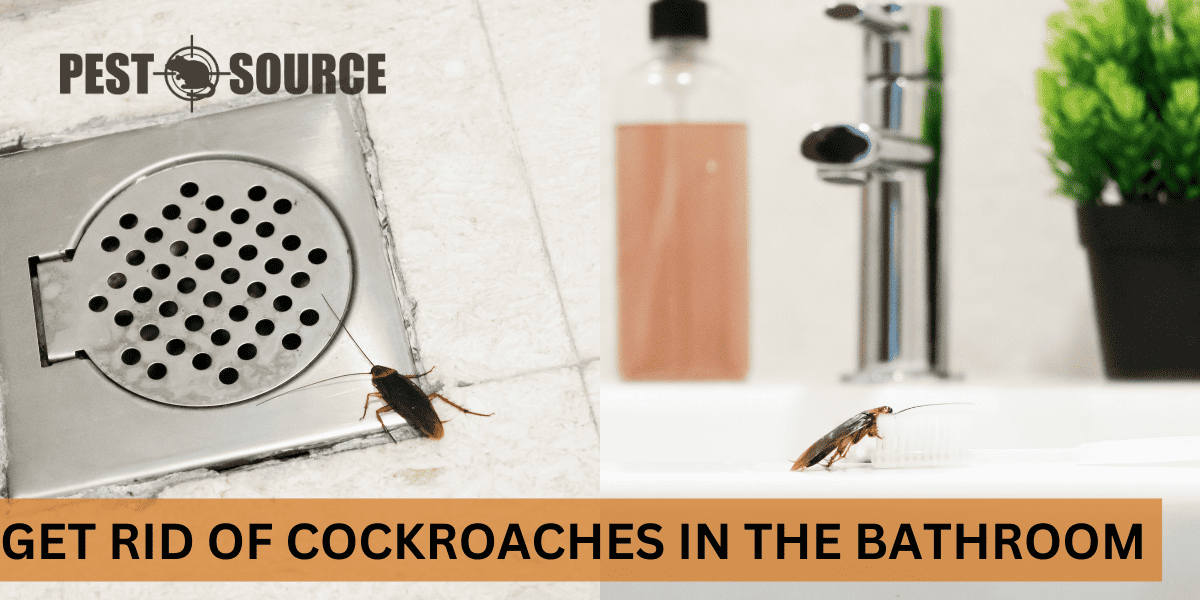To eliminate cockroaches in the bathroom, maintain cleanliness, fix leaks, and use natural repellents like boric acid. This article offers detailed steps and tips to effectively tackle a roach problem in bathroom spaces.
POINTS
- Maintain cleanliness and reduce moisture in the bathroom to deter cockroach infestations, including regular deep cleaning and fixing leaky faucets.
- Seal entry points such as cracks, crevices, and gaps around pipes and windows to prevent cockroaches from entering the bathroom.
- Use a combination of baits, traps, and insect growth regulators (IGRs) to eliminate existing cockroaches and disrupt their reproduction cycle.
- Cockroaches pose health risks by spreading bacteria and pathogens that can cause allergies, asthma, and diseases like salmonellosis and gastroenteritis.
- Professional pest control services may be necessary for persistent or large infestations, as they can provide targeted treatments and help identify and seal off entry points effectively.
Understanding and Identifying Cockroaches in the Bathroom
Why Are There Roaches in My Bathroom?
Cockroaches are drawn to bathrooms due to the abundance of moisture, warmth, and potential food sources found in these spaces. The high humidity levels in bathrooms provide the perfect environment for these pests to thrive. They can feed on soap residue, hair, and even toothpaste, making your bathroom an attractive destination for these unwelcome guests.
Identifying the Types of Cockroaches in Bathrooms
In bathrooms, you might encounter various sizes of cockroaches, from small, juvenile nymphs to larger adults. Baby cockroaches, or nymphs, are often mistaken for a different species due to their size and color, but they are simply young roaches that have not reached maturity. If you spot baby roaches in your bathroom, it’s a strong indication of an active breeding ground nearby.
Big roaches in bathrooms are typically adults and can be one of several species, such as the American cockroach or the German cockroach. These species have distinct characteristics:
- American Cockroach: Reddish-brown, about 1.5 inches in length, and has a yellowish figure 8 pattern on the back of its head.
- German Cockroach: Light brown to tan, with two dark stripes on its back, and is smaller than the American cockroach, measuring about 0.5 inches.
By identifying the type of cockroach, you can tailor your control and prevention methods more effectively.
Effective Strategies to Eliminate Cockroaches in Bathroom Areas
General Eradication Methods
To get rid of cockroaches in your bathroom, start with these steps:
- Clean Regularly: Maintain cleanliness by wiping down surfaces, removing trash, and ensuring no food particles or residues are left behind.
- Seal Entry Points: Close off any cracks or crevices around pipes, walls, and windows to prevent cockroaches from entering.
- Use Baits and Traps: Place cockroach baits and sticky traps around the bathroom to capture and kill roaming roaches.
Specific Techniques for Different Bathroom Areas
Roach in Toilet
If you find a roach in your toilet, it’s likely that it has come up through the sewer system. To address this:
- Flush the toilet to remove the roach.
- Use a toilet bowl cleaner that contains bleach to disinfect and deter cockroaches from emerging through the pipes.
Cockroach in Shower and Bathtub
Cockroaches in your shower or bathtub can be eliminated by:
- Pouring boiling water down the drain to kill any lurking roaches.
- Regularly cleaning the drains with a mixture of baking soda and vinegar to create an inhospitable environment for pests.
Preventive Measures and Understanding the Origin of Bathroom Cockroaches
How to Avoid Cockroaches in Bathroom
Preventing cockroaches from infesting your bathroom is key to long-term control. Here are some preventive measures:
- Reduce Moisture: Fix leaky faucets and ensure proper ventilation to keep the area dry.
- Store Products Properly: Keep toiletries and bathroom supplies in sealed containers to remove potential food sources.
- Regular Inspections: Check under the sink, behind the toilet, and around the bathtub regularly for signs of cockroaches.
Where Do Roaches Come From in the Bathroom?
Cockroaches often enter bathrooms through:
- Drain pipes and sewer connections.
- Gaps in the walls or flooring, especially where plumbing enters the room.
- Open windows or doors, particularly in ground-level bathrooms.
Understanding these entry points helps you focus your prevention efforts more accurately.
Handling Persistent Cockroach Infestations and Health Concerns
Dealing with Recurring Infestations
When cockroaches keep appearing in your bathroom despite your best efforts, it’s time to intensify your approach. Here’s what to do:
- Intensify Cleaning: Deep clean your bathroom regularly, focusing on hard-to-reach areas where cockroaches might hide.
- Reassess Entry Points: Re-examine your bathroom for any new or missed entry points that cockroaches could use to invade your space.
- Insect Growth Regulators (IGRs): Consider using IGRs, which disrupt the reproduction and development of cockroaches, effectively reducing their population over time.
Health Risks of Cockroaches
Cockroaches in the bathroom are not just a nuisance but also a health hazard. They can spread bacteria and pathogens that may lead to:
- Allergies: Cockroach droppings and shed skin can trigger allergic reactions and asthma attacks in sensitive individuals.
- Diseases: These pests are known to carry microbes that can cause illnesses such as salmonellosis, gastroenteritis, and dysentery.
Regular cleaning and proper pest control measures are essential to minimize these health risks.
How to Get Rid of Cockroaches in the Kitchen?
To eliminate cockroaches in the kitchen, maintain cleanliness by wiping down surfaces, storing food in sealed containers, and disposing of garbage regularly. Use baits, traps, and insecticidal sprays in problem areas. Seal entry points such as gaps around pipes, and ensure there’s no standing water. Regularly clean appliances, such as refrigerators and stoves, to remove crumbs and grease that can attract cockroaches.



